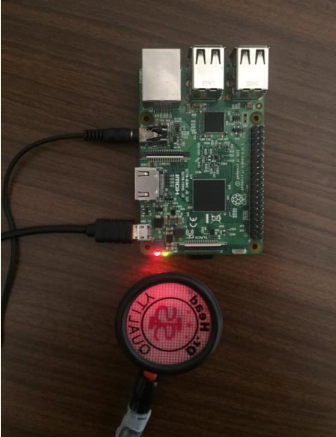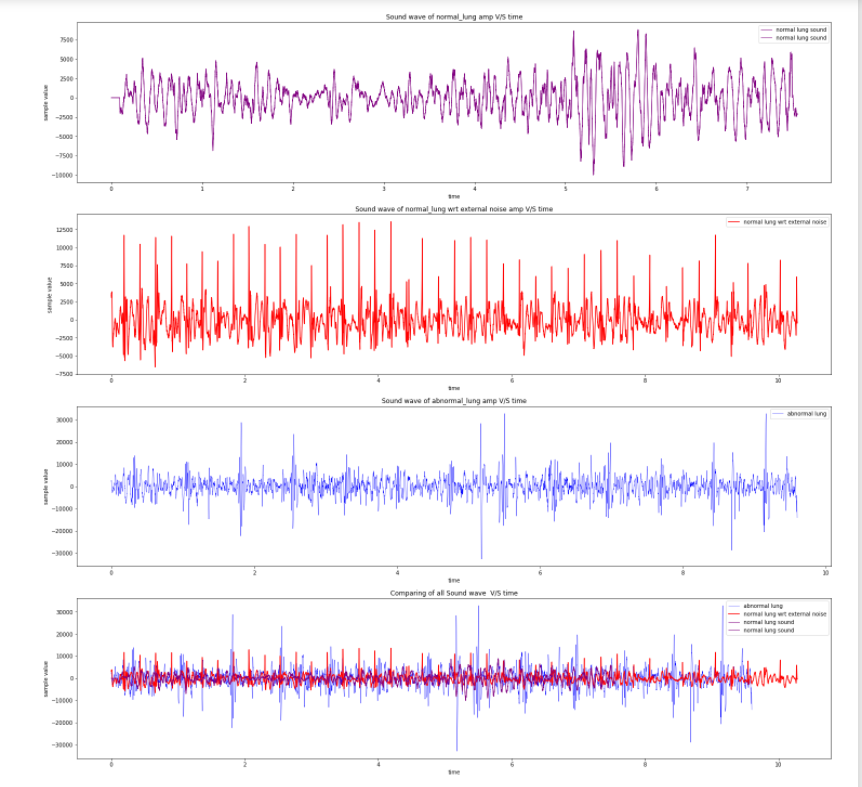Lungzometer
- Category: AI/ ML
- Domain: Medical Applicaion
- Project time line: 2020 - 22
- Project URL of Till Date Projects: Github Repository
A medical device that can be used by any layman to analyze their lung condition and obtain a notification if any abnormality is present in it. The model is developed with the help of ML for classification between a healthy and an abnormal lung through the sound recorded by the device lung sound. In development with help of IEDC of BNMIT
INRODUCTION
Abnormalities in lungs is a major symptom identified in patients those who are covid positive or Pneumonia. Most often patients take a CT scan to doctors for identification of abnormalities present in lung. The process of CT scan is expensive. Patient gets exposed to radiation is an invasive process[1]. The patient has to go to a diagnostic centre to get a CT scan done and then to a doctor. Due to prevailing situation, there is a need of a system which helps the patient to auto detect the abnormalities in primary stage and alarm for precaution/consulting a doctor for further assistance. In this paper a non-invasive process has been proposed to identify the abnormalities and intensity of the abnormality through the analysis of sound generated in lungs. A less complex and high accurate model has been proposed to well suited for a tiny smart watch, smart phone or to any smart health care device. Stethoscope is one of the modes in which sounds generated in lungs are captured. The same technology in stethoscope is today embedded in smart device. The processed sound wave is analysed to extract the features such as Max Frequency recorded (in .wav file) and the time taken for a cycle. General info about the patient is also collected such as age, sex and patientID. The extracted feature set is fed as an input to a Random Forest decision algorithm. To test the efficiency of the proposed model Kaggle data set is considered. The data set consists of 6898 observations in a newly generated csv file. The rest of the paper are organized as follows, in section-1 detailed literature survey is done to understand the state of the art, section-2 describes the methodology adapted, in section-3 results are discussed, section-4 gives future work, sectio-5 is conclusion and section-6 gives a detailed references.

